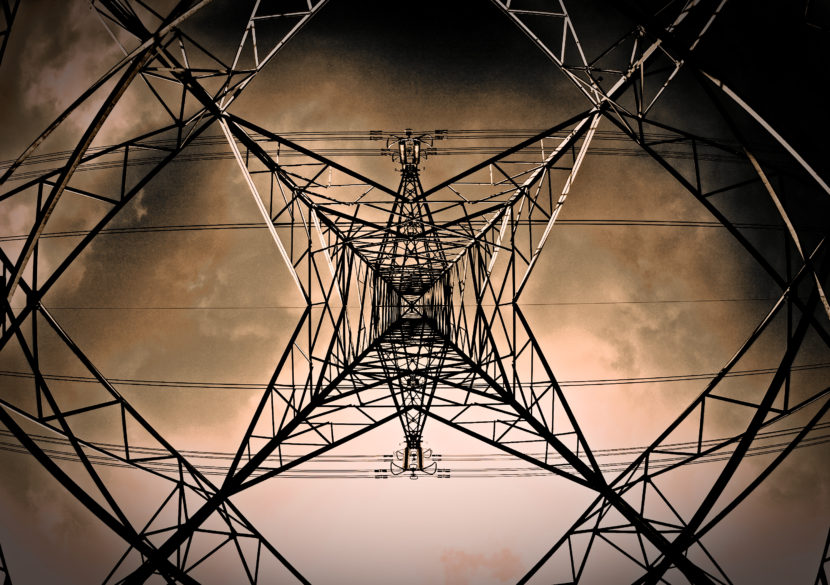
The Regulatory Commission of Alaska described the electric utility scene in the Railbelt as “fragmented, balkanized and often contentious.”
But that may be changing.
Utilities from Homer to Fairbanks are in discussions to overhaul the way electricity is generated and transported across the region. The proposals would create a single operator to coordinate how power is delivered to customers throughout the Railbelt, and bring in an outside company to build and manage regional transmission lines. The goal is cheaper electricity and more renewable power.
“Maybe it’s a little bit about maturity and a little bit about a different way of doing business,” said Cory Borgeson, president of Golden Valley Electric Association in Fairbanks.
In the current way of doing business, six different utilities supply electricity to about half a million people between Homer and Fairbanks. In most parts of the country, a population that size would likely be served by just one utility.
Say people are using more power in Fairbanks. Ideally, the utility there would tap the next most efficient power plant in the whole system — maybe, at that moment, one in Anchorage.
That’s called economic dispatch — the ability to go to the cheapest power source available and route it to where the power’s needed most. It can save rate payers a chunk of money, but right now it’s not possible.
So utilities are exploring creating a single operator for the whole region. Chris Rose heads the Renewable Energy Alaska Project and would like that operator to represent a wide range of stakeholders, rather than being controlled entirely by the utilities themselves.
“We want a system operator that is impartial and independent,” he said. “I can’t emphasize that enough.”
The current system makes it hard for independent companies to access the grid, especially renewable power suppliers.
When Cook Inlet Region Inc. wanted to expand its Fire Island Wind project, Golden Valley Electric in Fairbanks was interested in buying.
But between Cook Inlet and Fairbanks are three other utilities. Each charged a fee.
“There was a willing buyer and a willing seller, but the transmission tariffs really killed the deal,” Rose said.
A single-system operator could create a one-stop shop for independent producers who want to access the grid.
Meanwhile, to make all this work, the RCA found that the system needs nearly a billion dollars in upgrades — money that no utility can raise alone. In the past, the funds might have come from the state, but that’s no longer likely. So utilities are also considering bringing in an outside transmission company to build and maintain lines.
The RCA, which oversees utilities, has ordered the companies to try to resolve the issues voluntarily. In an update to lawmakers on Thursday, Golden Valley’s Borgeson said it’s going well.
“I don’t think we’re talking years,” he said. “I think we’re talking months. Maybe 18 months.”
The next progress report from utilities is due by the end of January.
